Matter and its Interactions
MS-PS1-1: Develop models to describe the atomic composition of simple molecules and extended structures.
Bell Ringers:
Observe
and Wonder
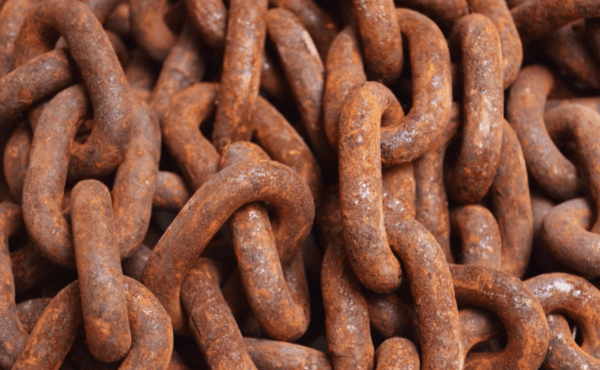
This collection includes bell ringers that prompt students to observe natural phenomena and ask questions.
Bell Ringers:
Atoms
and Molecules
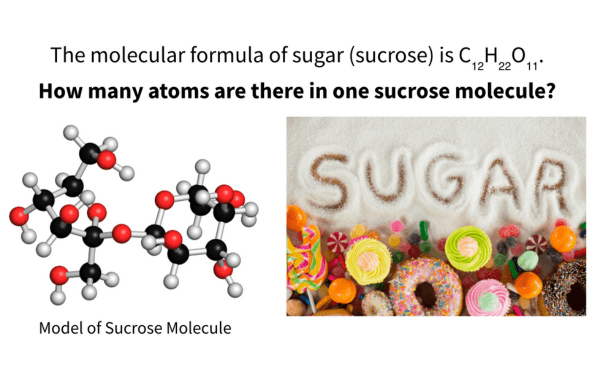
This collection of bell ringers features dozens of engaging images of matter, each paired with questions that explore its properties and the atoms and molecules that compose it.
Bell Ringers:
Asking Questions
about Matter
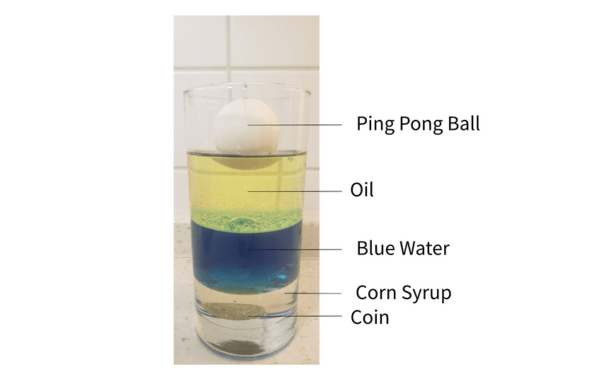
This collection of bell ringers asks students to come up with 3 questions relating to each provided image.
Interactive:
Introduction
to Matter
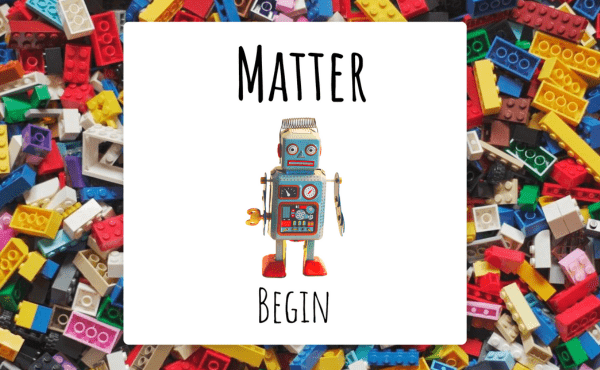
- Definition of Matter: Explains that matter has mass and takes up space.
- Mass vs. Weight: Distinguishes between mass (amount of matter) and weight (gravity’s force on mass).
- Measurement Tools: Demonstrates how to measure mass with a scale and volume with a graduated cylinder.
- Screenshot Signature Page: Users can sign and screenshot the final page for proof of completion.
- Teacher Click-Through: A version without the screenshot page for quick module review.
Interactive:
Introduction to
Atoms
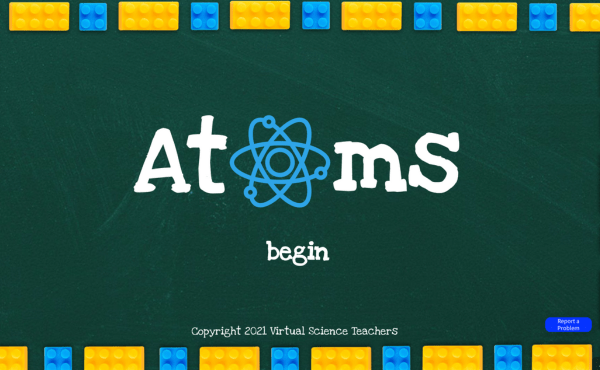
Concepts:
- What is matter?
- Atoms as building blocks
- Periodic Table basics
- Atomic structure (protons, neutrons, electrons)
- Mass number and ions
- Properties of elements
- Read-Aloud Feature: Users can click buttons to hear the text read aloud.
- Signature Page: Users can sign and screenshot the final page for proof of completion.
- Teacher Click-Through: A version without the screenshot page for quick module review.
- Crossword
- Worksheet + Crossword
Interactive:
Atoms
Review
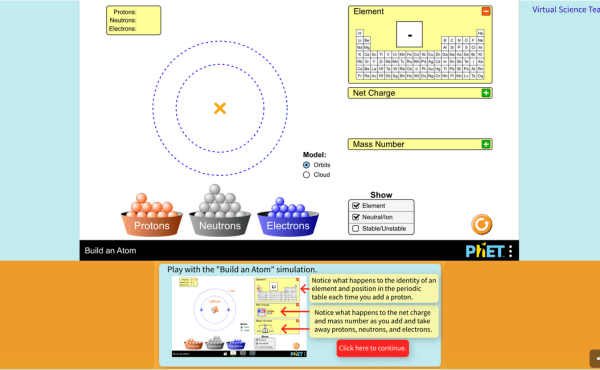
Concepts:
- Periodic Table basics
- Atomic structure (protons, neutrons, electrons)
- Mass number and ions
- Screenshot Signature Page: Users can sign and screenshot the final page for proof of completion.
Teacher Click-Through Preview: This version allows teachers to quickly click through the module. The signature page at the end has been disabled.
Interactive:
The Periodic Table
Part 1
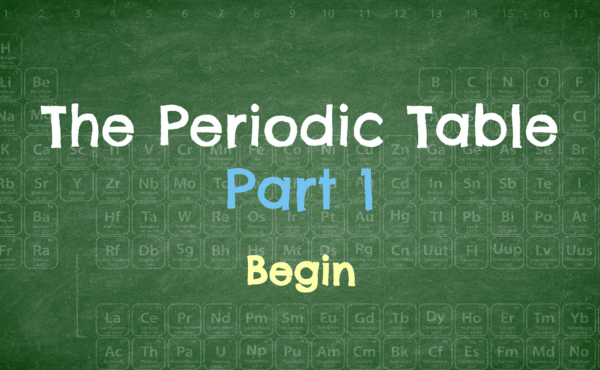
This interactive guides students step by step through the structure of the periodic table, helping them understand atomic symbols, atomic numbers, and how elements are grouped into periods and families based on shared properties.
- Read-Aloud Feature: Users can click buttons to hear the text read aloud.
- Signature Page: Users can sign and screenshot the final page for proof of completion.
- Teacher Click-Through: A version without the screenshot page for quick module review.
- Periodic Table Coloring Page

- Crossword

Interactive:
Periodic Table
Part 2
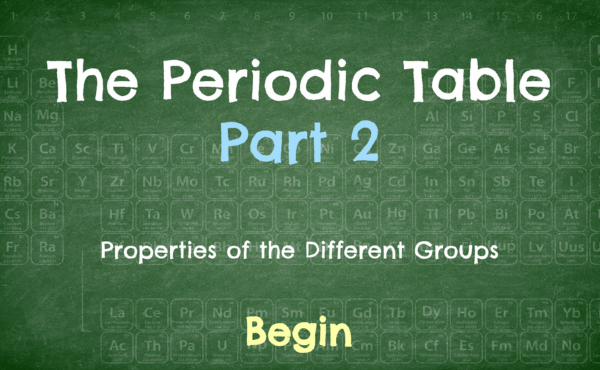
Concepts:
- Properties of the Periodic Table Groups
Standards:
- NGSS: PS1-1&2
- VA SOL 6.5, PS.4, CH.2
- TEK 8.6
- Read-Aloud Feature: Users can click buttons to hear the text read aloud.
- Signature Page: Users can sign and screenshot the final page for proof of completion.
- Teacher Click-Through: A version without the screenshot page for quick module review.
- Periodic Table Coloring Page

- Crossword

Interactive:
Periodic Table
Part 3
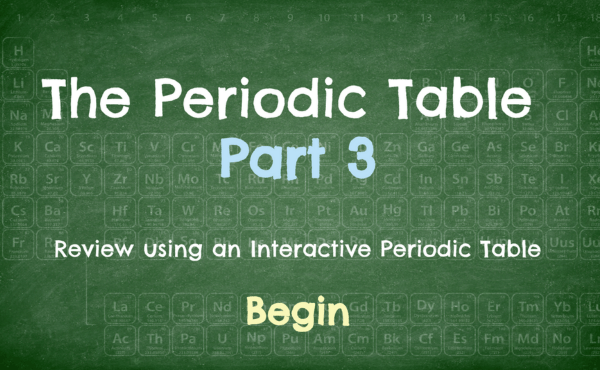
Concepts:
Review your understanding of the concepts taught in parts one and two.
- Atomic symbol
- Atomic number
- Periods and Groups
- Properties of the Periodic Table Groups
Standards:
- NGSS: PS1-1&2
- VA SOL 6.5, PS.4, CH.2
- TEK 8.6
- Signature Page: Users can sign and screenshot the final page for proof of completion.
- Teacher Click-Through: A version without the screenshot page for quick module review.
- Periodic Table Coloring Page

- Crossword

Interactive:
Periodic Table
Escape Room
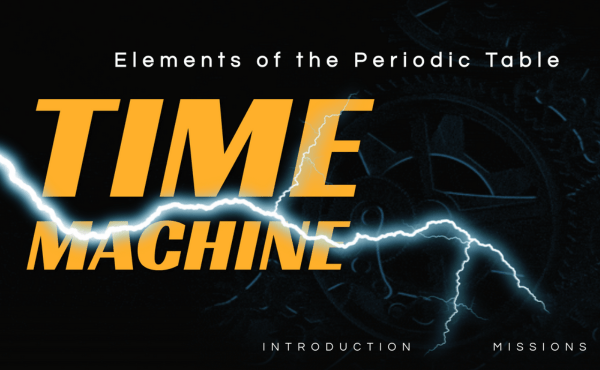
Solve periodic table challenges to uncover a code lost in time, crucial for activating life-saving technology on Mars!
- Video: One small section includes this You Tube Video from Science News. The interactive can still be completed if the video is blocked.
- Screenshot Signature Page: Users can sign and screenshot the final page for proof of completion.
- Teacher Click-Through: A version without the screenshot page for quick module review.
- Periodic Table Coloring Page

- Crossword

Interactive:
What is Air?
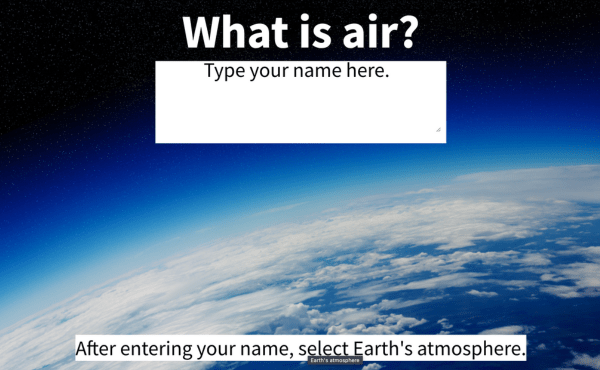
- This engaging interactive lesson uses molecular models and pie charts, helping students visualize and understand the composition of air.
- Read-Aloud Feature: Users can click buttons to hear the text read aloud.
- Signature Page: Users can sign and screenshot the final page for proof of completion.
- Teacher Click-Through: A version without the screenshot page for quick module review.
Interactive:
Classifying Matter
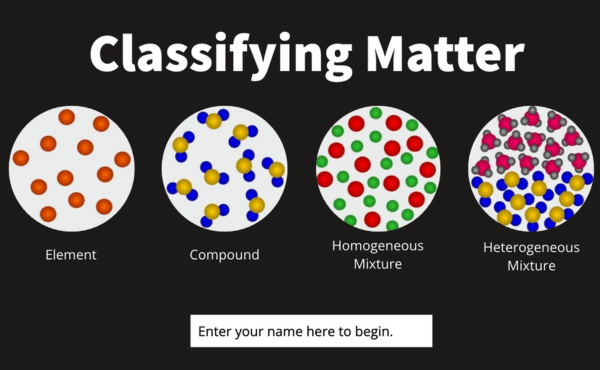
- This module begins by explaining the difference between elements and compounds, followed by an introduction to mixtures. It then delves deeper into the distinction between homogeneous and heterogeneous mixtures.
Screenshot Page: Users enter their name on the first page, which is then displayed on the final page for a screenshot to verify credit.
- Coming soon– Teacher Click-Through: A version without the screenshot page for quick module review.
Class Game:
Pariodic Table Bingo
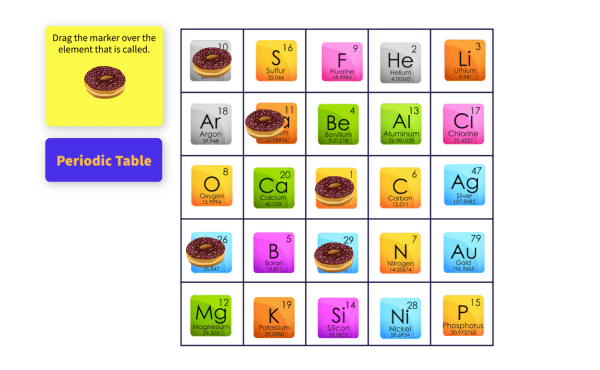
Concepts:
Each student gets their own unique bingo card as the teacher reads the provided clues from any of 12 clue sets.
- Atomic symbol
- Atomic number
- Periods and Groups
- Valence Electrons
- Ions
- Isotopes
- Unique Bingo Cards
- 12 Clue Sets
Interactive:
Chemical Formulas Part 1
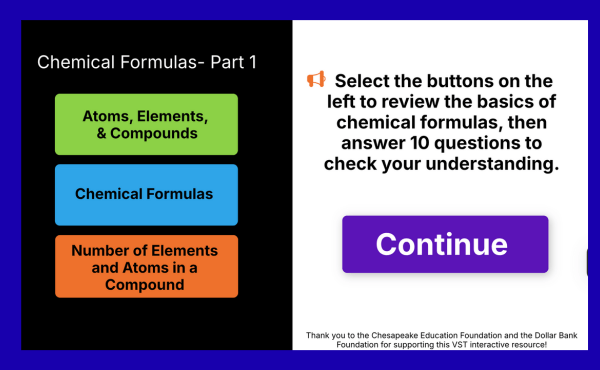
Students check their understanding of chemical formulas by identifying elements and determining the number of atoms in a chemical formula.
- Read-Aloud Feature: Users can click buttons to hear the text read aloud.
- Signature Page: Users can sign and screenshot the final page for proof of completion.
Interactive:
Chemical Formulas Part 2
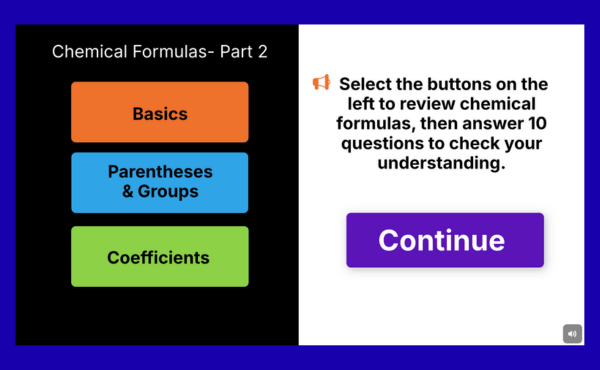
Students reinforce their understanding of chemical formulas by identifying elements and counting the number of atoms, including in formulas that contain grouped elements and coefficients.
- Read-Aloud Feature: Users can click buttons to hear the text read aloud.
- Signature Page: Users can sign and screenshot the final page for proof of completion.
Interactive:
Counting Atoms
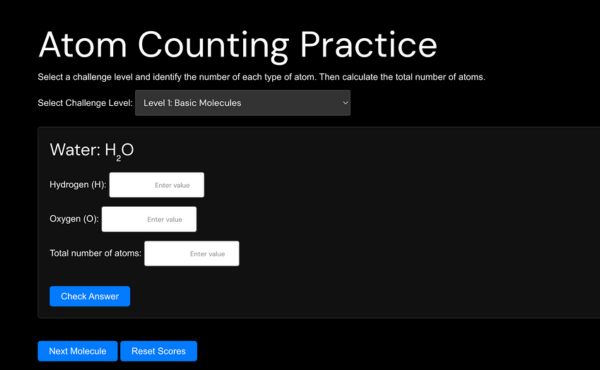
Students practice counting atoms in chemical formulas across varying difficulty levels, reinforcing their understanding of molecular composition and atomic symbols, with a fun challenge scoring system to track their progress.
- Scored challenge for practice
Enrichment: HS PS1-1
Electron Configuration
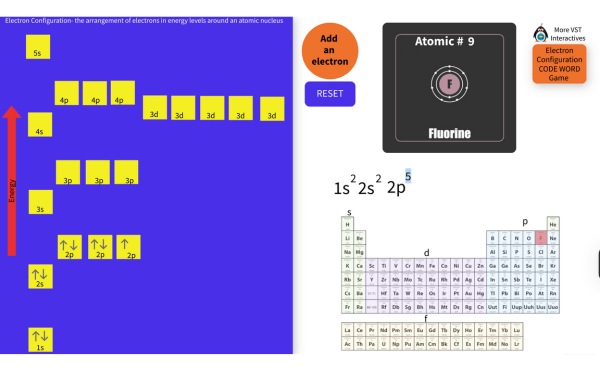
Model the electron configurations of elements hydrogen through strontium. Play a review game to check for understanding.
MS-PS1-2: Analyze and interpret data on the properties of substances before and after the substances interact to determine if a chemical reaction has occurred.
Bell Ringers:
Observe
and Wonder

This collection includes bell ringers that prompt students to observe natural phenomena and ask questions.
Bell Ringers:
Asking Questions
about Matter

This collection of bell ringers asks students to come up with 3 questions relating to each provided image.
Bell Ringers:
Properties
of Matter
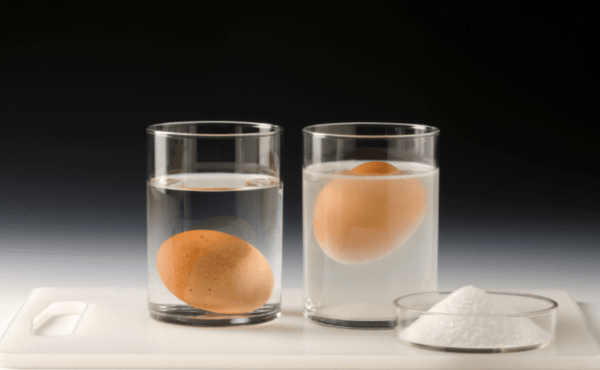
This collection of bell ringers asks questions about the densities, melting points, boiling points, and other properties of matter.
Bell Ringers:
Thermal Conductors &
Insulators
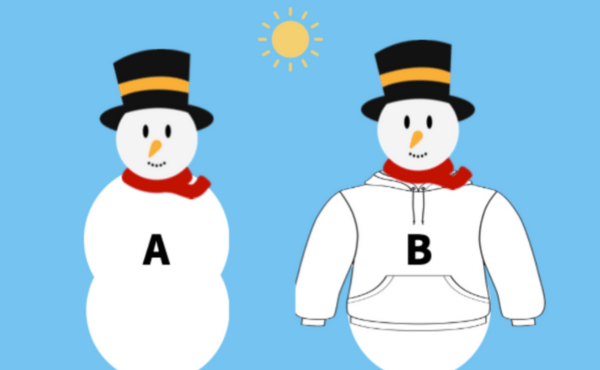
This collection of bell ringers uses real-world images to ask students questions about the thermal insulating and conductive properties of different materials.
Bell Ringers:
Physical & Chemical Changes
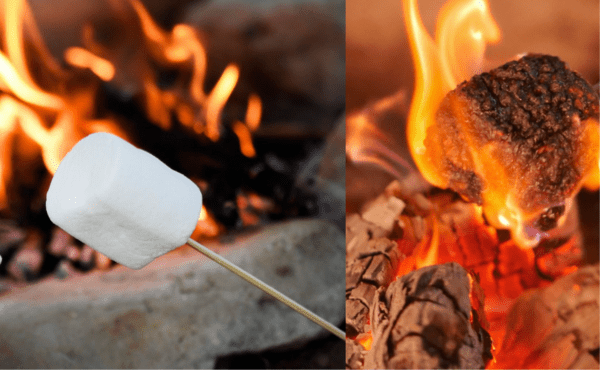
This collection of bell ringers asks questions about several examples of physical and chemical changes.
Interactive:
Introduction
to Density
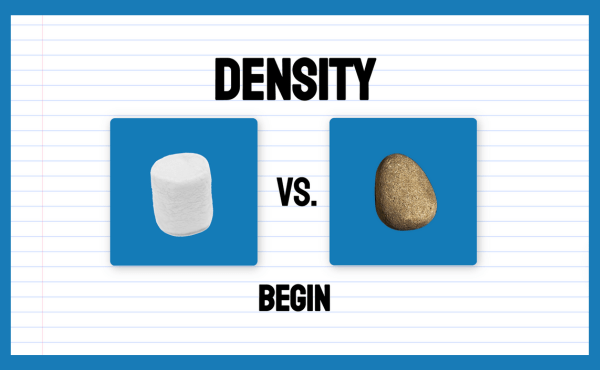
This is a very short and simple interactive that introduces mass, volume, and density by comparing a rock and a marshmallow.
Interactive:
Why Does
Ice Float?
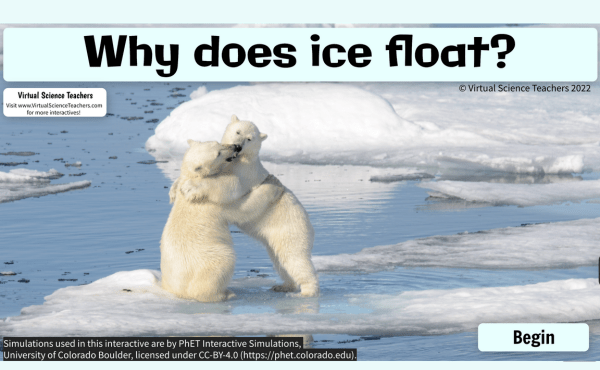
Use PhET’s States of Matter Simulation, analyze graphs, and learn about density to explore why giant icebergs float.
- Screenshot Signature Page: Users can sign and screenshot the final page for proof of completion.
- Teacher Click-Through: A version without the screenshot page for quick module review.
- Worksheet with CER

Interactive:
Candy Shop
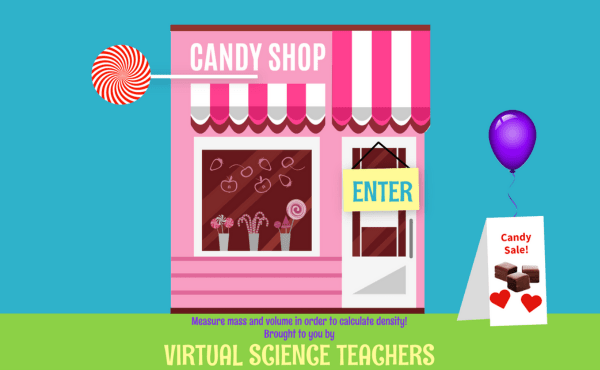
Measure the mass and volume of six different candies using water displacement and the formula Volume=Length×Width×Height. Use these measurements, along with the included calculator, to determine and compare the densities of each candy.
- Includes a calculator
- Screenshot Signature Page: Users can sign and screenshot the final page for proof of completion.
Interactive:
Density Escape Challenge
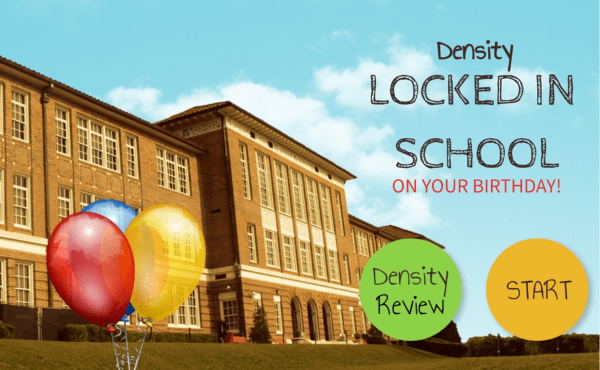
It’s your birthday and you’re locked in school! Get the code needed to turn off the security system and get to your birthday party on time.
- Definitions and units of mass, volume, and density
- Measuring mass and volume (water displacement)
- What sinks and floats in water
- Density calculations
- Screenshot Signature Page: Users can sign and screenshot the final page for proof of completion.
- Teacher Click-Through: A version without the screenshot page for quick module review.
- Density Crossword

- Locked in School Worksheet

Simulation:
Heat Lamp Investigation
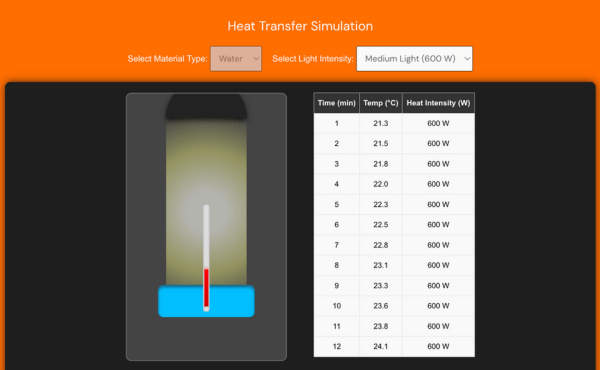
This simulation allows students to explore how different materials absorb and retain heat, emphasizing the relationship between heat energy and specific heat capacity.
- Line Graph Maker- Use the line graph maker to graph the changes in temperature over time.
- Bar Graph Maker- Use the bar graph maker to compare the temperatures of different materials or heat settings.
- Multiple Sets Line Graph Maker– This graph maker can be used to compare how different materials change over time or how a material changes over time depending on the heat settings.
- Simulation data collection worksheets and CER activities are coming soon!
Interactive:
Physical & Chemical Changes

In this interactive, you’ll learn the difference between physical and chemical changes by exploring clear explanations and real-world examples.
- Screenshot Signature Page: Users can screenshot their name on the final page for proof of completion.
Interactive:
Rust-Busters
Chemical Changes
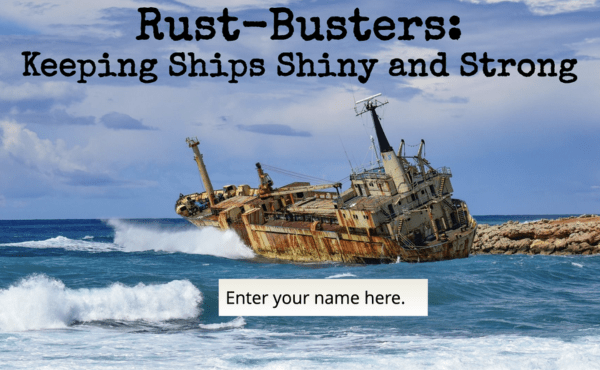
Featuring STEM careers in the shipbuilding industry, this interactive lesson is about how steel is made, the chemical change for the formation of rust, and rust prevention.
- NGSS PS1-1,2,3
- Virginia SOL PS.3, CH.3
- TEKS 6.6, 7.6, 8.6
- Screenshot Signature Page: Users can sign and screenshot the final page for proof of completion.
Interactive:
The Combustion of Coal
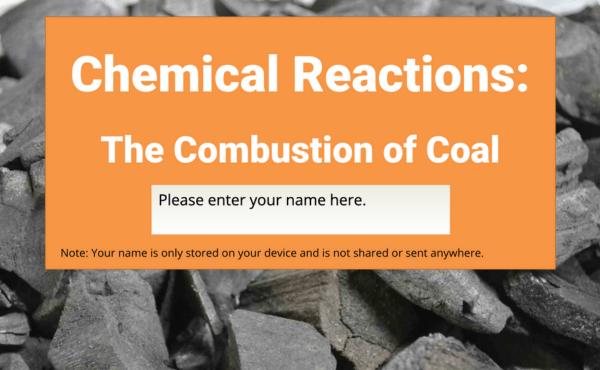
This interactive helps students visualize the chemical reaction between carbon and oxygen during coal combustion. They identify the reactants and product, and see how the reaction releases heat and light energy.
- Screenshot Signature Page: Users can screenshot their name on the final page for proof of completion.
Interactive:
Wild Wild Earth Part 3
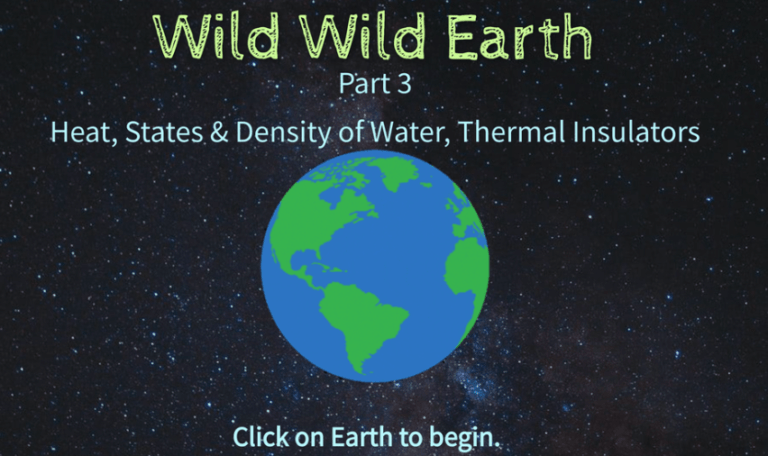
Travel the world as you learn about heat, the states and density of water, and insulators.
Screenshot Signature Page: Users can screenshot their name on the final page for proof of completion.
MS-PS1-3: Gather and make sense of information to describe that synthetic materials come from natural resources and impact society.
Bell Ringers:
Observe
and Wonder

This collection includes bell ringers that prompt students to observe natural phenomena and ask questions.
Bell Ringers:
Natural
and Synthetic Materials
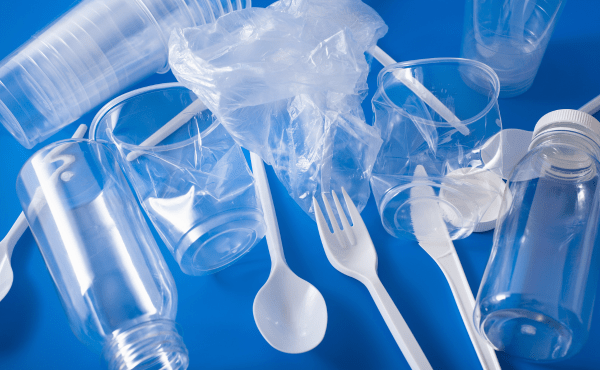
This collection includes bell ringers that ask questions about natural and synthetic materials.
Interactive:
Physical & Chemical Changes

In this interactive, you’ll learn the difference between physical and chemical changes by exploring clear explanations and real-world examples.
- Screenshot Signature Page: Users can screenshot their name on the final page for proof of completion.
Interactive:
Rust-Busters
Chemical Changes

Featuring STEM careers in the shipbuilding industry, this interactive lesson is about how steel is made, the chemical change for the formation of rust, and rust prevention.
- NGSS PS1-1,2,3
- Virginia SOL PS.3, CH.3
- TEKS 6.6, 7.6, 8.6
- Screenshot Signature Page: Users can sign and screenshot the final page for proof of completion.
Interactive:
The Combustion
of Coal

This interactive helps students visualize the chemical reaction between carbon and oxygen during coal combustion. They identify the reactants and product, and see how the reaction releases heat and light energy.
- Screenshot Signature Page: Users can screenshot their name on the final page for proof of completion.
MS-PS1-4: Develop a model that predicts and describes changes in particle motion, temperature, and state of a pure substance when thermal energy is added or removed.
Bell Ringers:
Observe
and Wonder

This collection includes bell ringers that prompt students to observe natural phenomena and ask questions.
Bell Ringers:
States
of Matter

This collection includes several examples of questions relating to changes in states of matter.
Interactive:
Virtual
Heating Ice Lab
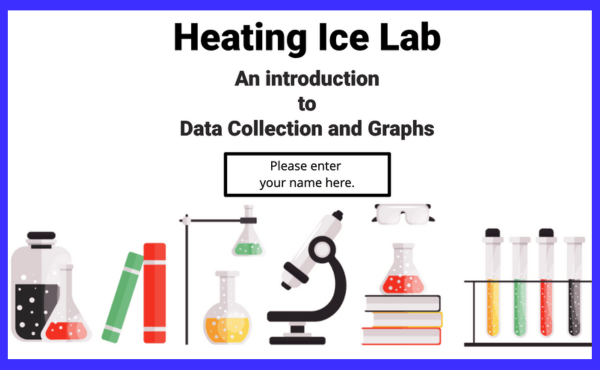
Measure, record, and graph the temperature of ice as it transitions through phase changes—melting, heating, and eventually boiling. Use the resulting temperature vs. time graph to analyze patterns and answer questions about the states of matter, energy transfer, and phase changes.
Screenshot Signature Page: Users can screenshot their name on the final page for proof of completion.
Interactive:
States
of Matter

Use your understanding of solids, liquids, gases, plasma, and how matter changes between them to make it through your science teacher’s not-so-haunted house!
- Read-Aloud Feature: Users can click buttons to hear the text read aloud.
- Screenshot Signature Page: Users can sign and screenshot the final page for proof of completion.
Interactive:
Wild Wild Earth
Part 1
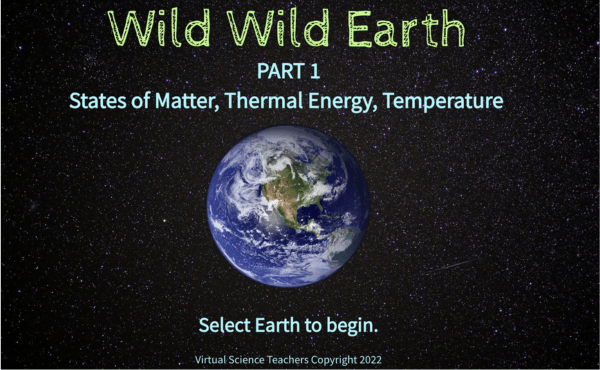
Concepts:
Travel the world as you learn about states of matter, thermal energy, and temperature.
Screenshot Signature Page: Users can screenshot their name on the final page for proof of completion.
Interactive:
Wild Wild Earth
Part 2
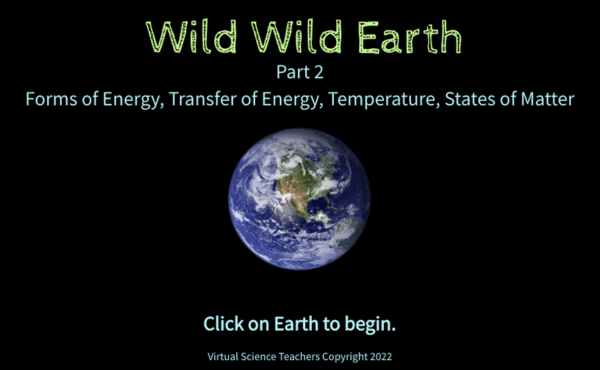
Travel the world and learn about forms of energy, temperature, and states of matter.
- Screenshot Signature Page: Users can sign and screenshot the final page for proof of completion.
MS-PS1-5: Develop and use a model to describe how the total number of atoms does not change in a chemical reaction and thus mass is conserved.
Bell Ringers:
Observe
and Wonder

This collection includes bell ringers that prompt students to observe natural phenomena and ask questions.
Bell Ringers:
Physical
and Chemical Changes

This collection includes several examples of questions relating to physical and chemical changes.
Interactive:
Physical and Chemical
Changes

In this interactive, you’ll learn the difference between physical and chemical changes by exploring clear explanations and real-world examples.
- NGSS PS1-2
- Virginia SOL PS.3b
- TEKS 6.6 E, 7.6 C
- Screenshot Signature Page: Users can screenshot their name on the final page for proof of completion.
Interactive
The Combustion of Coal
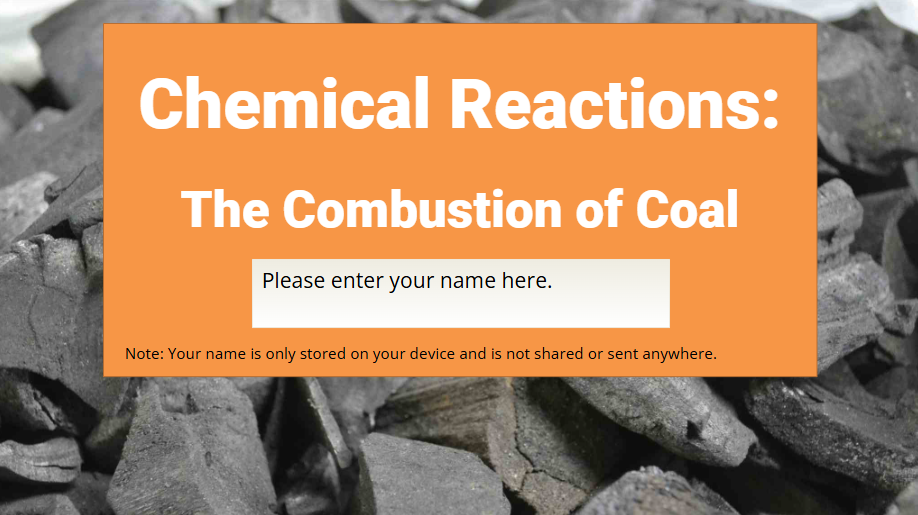
This interactive helps students visualize the chemical reaction between carbon and oxygen during coal combustion. They identify the reactants and product, and see how the reaction releases heat and light energy.
- Screenshot Signature Page: Users can screenshot their name on the final page for proof of completion.
Interactive:
Rust Busters
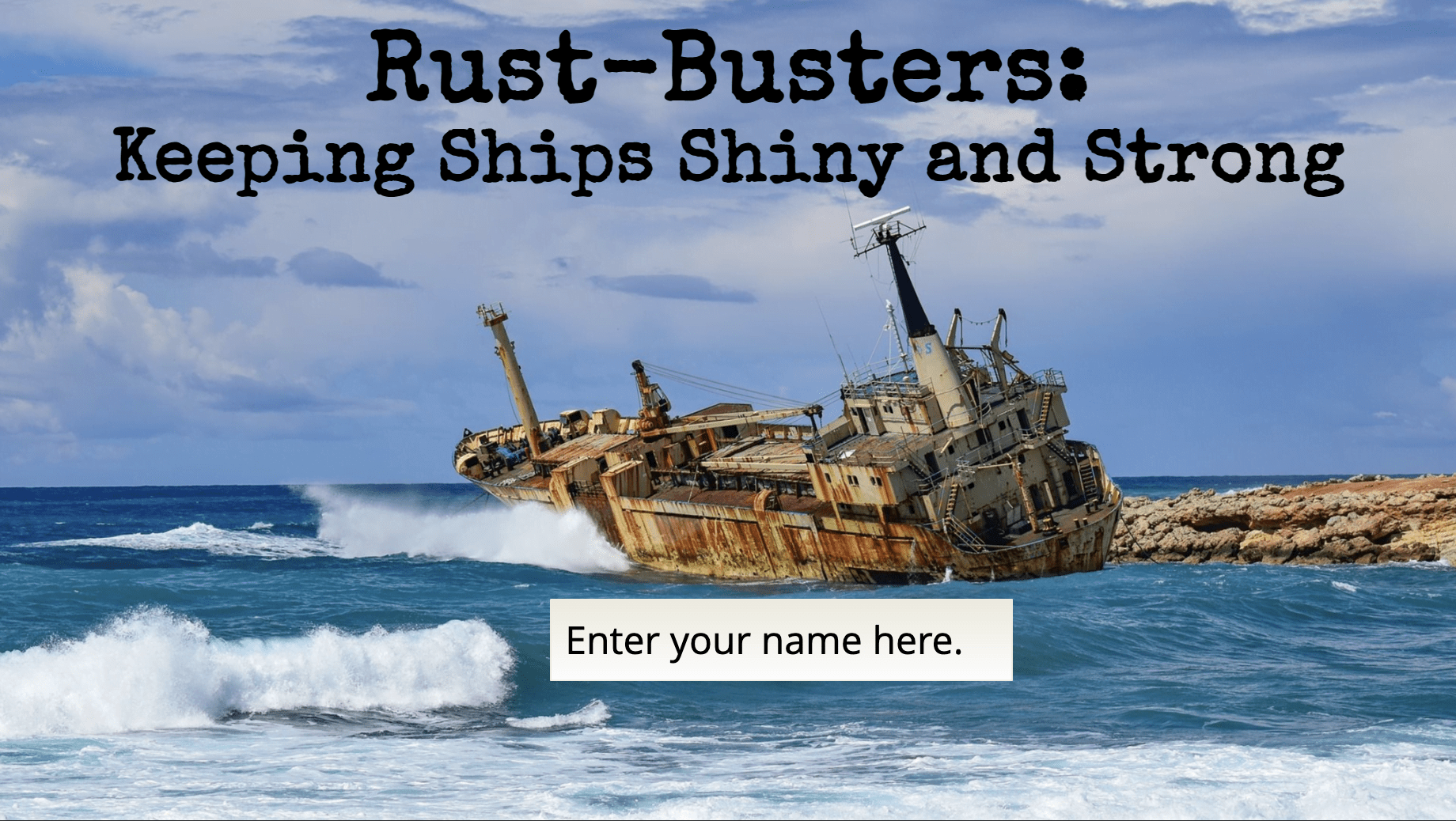
Featuring STEM careers in the shipbuilding industry, this interactive lesson is about how steel is made, the chemical change for the formation of rust, and rust prevention.
- Screenshot Signature Page: Users can sign and screenshot the final page for proof of completion.
Review Activity:
Chemical Formulas Part 1

Students check their understanding by identifying elements and determining the number of atoms in a chemical formula.
- Read-Aloud Feature: Users can click buttons to hear the text read aloud.
- Signature Page: Users can sign and screenshot the final page for proof of completion.
Review Activity:
Chemical Formulas
Part 2

Concepts:
Students check their understanding by identifying elements and determining the number of atoms in a chemical formula.
- TEK 7.6.B, 8.6.B
- Read-Aloud Feature: Users can click buttons to hear the text read aloud.
- Signature Page: Users can sign and screenshot the final page for proof of completion.
Challenge
Balancing Chemical Equations

Practice balancing chemical equations by entering coefficients, progressing through increasing difficulty levels while tracking accuracy and first attempts.
- Scored Challenge
Challenge:
Counting
Atoms

Students practice counting atoms in chemical formulas across varying difficulty levels, reinforcing their understanding of molecular composition and atomic symbols, with a fun challenge scoring system to track their progress.
- Scored challenge for practice
Guided Practice Tool:
Stoichiometry Made Simple
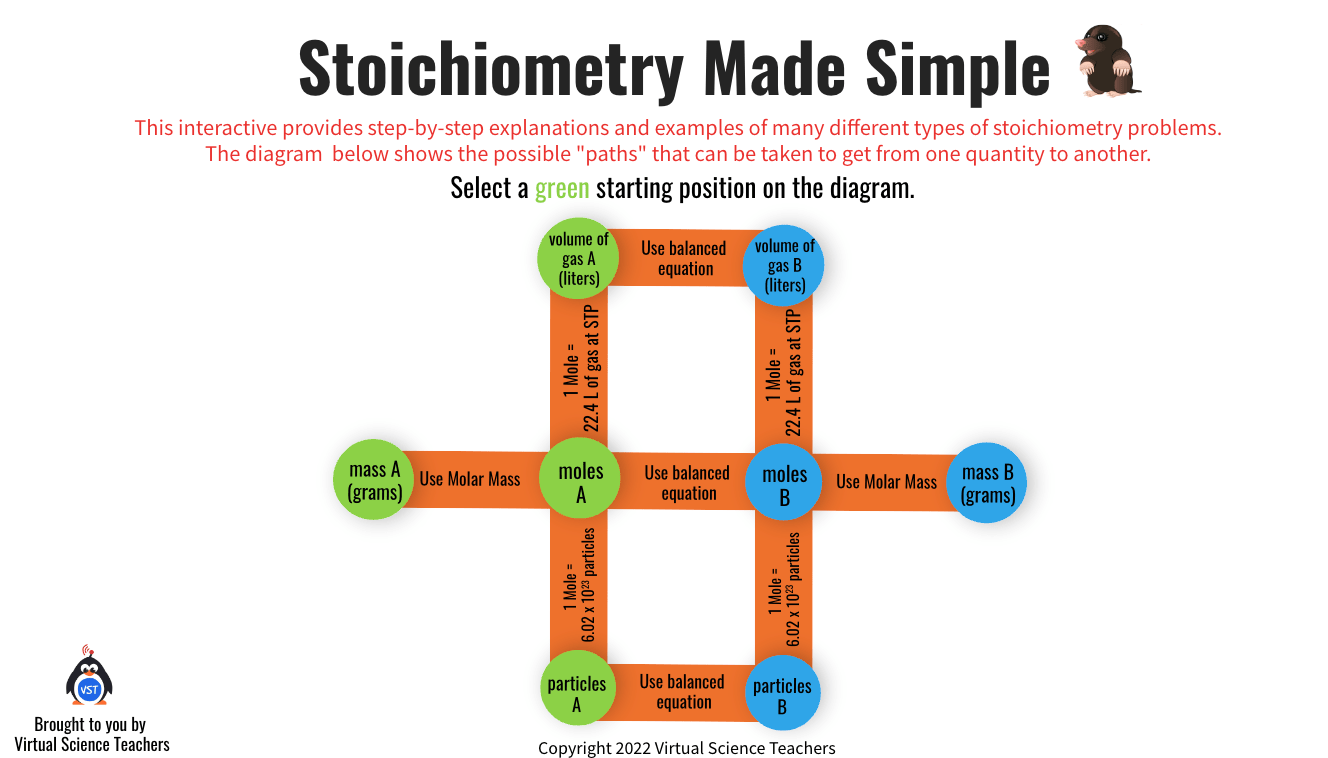
Step-by-step explanations of a the many different types of stoichiometry problems.
MS-PS1-6: Undertake a design project to construct, test, and modify a device that either releases or absorbs thermal energy by chemical processes.
Bell Ringers:
Physical
and Chemical Changes

This collection includes several examples of questions relating to physical and chemical changes.
Interactive:
Physical
and Chemical Changes

In this interactive, you’ll learn the difference between physical and chemical changes by exploring clear explanations and real-world examples.
- NGSS PS1-2
- Virginia SOL PS.3b
- TEKS 6.6 E, 7.6 C
- Screenshot Signature Page: Users can screenshot their name on the final page for proof of completion.
Interactive:
The Combustion
of Coal

This interactive helps students visualize the chemical reaction between carbon and oxygen during coal combustion. They identify the reactants and product, and see how the reaction releases heat and light energy.
- Screenshot Signature Page: Users can screenshot their name on the final page for proof of completion.
These additional resources are from other organizations that also aim to support science teachers and students! Please note that each link opens in a new tab to external sites.







